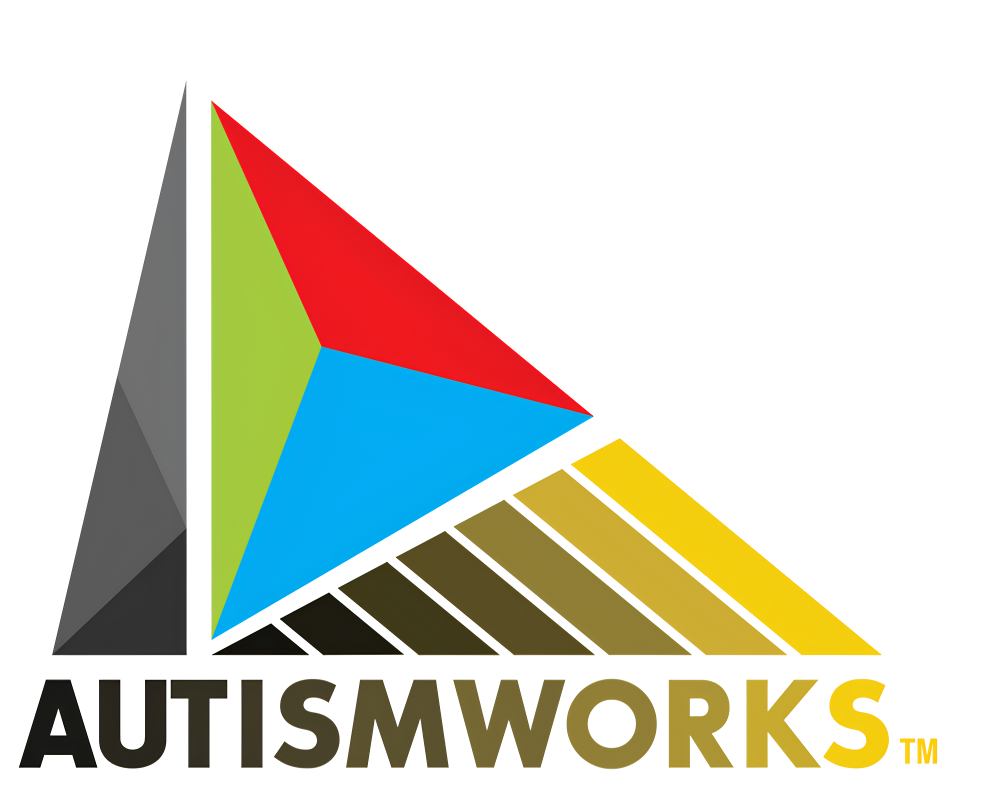Art and Music in Autism Education: A Creative Fusion
May 01, 2024
Art and music are not just forms of entertainment; they are powerful tools for expression and communication, especially in autism education. The non-verbal nature of these creative mediums makes them particularly effective for those who find traditional verbal communication challenging. This blog post explores how integrating art and music into educational settings can benefit individuals with autism, enhancing their ability to express emotions and connect with others. Additionally, I challenge you, the reader, to engage in a creative project and share your favorite music tracks, exploring how they influence your mood and expression.
Art offers a visual means of communication and can be therapeutic for individuals with autism. It allows for self-expression without the pressure of words, helping to bridge the communication gap. In educational settings, art projects can be tailored to individual interests and abilities, fostering a sense of accomplishment and self-esteem. Moreover, art encourages fine motor skills development and sensory integration, making it a multifaceted tool in autism education.
Music can resonate where words cannot, providing an auditory stimulus that can be both soothing and stimulating. For many with autism, music is a way to express emotions and experiences non-verbally. It can also aid in developing communication skills, social interaction, and behavioral management. Incorporating music into the educational curriculum can include activities like music therapy, singing, playing instruments, or simply listening to different genres, each helping to enhance cognitive and emotional development.
Combining art and music in educational programs can create a rich, immersive environment that caters to various learning styles. For example, drawing or painting while listening to music can help students explore the relationships between colors and sounds, enhancing their creative and emotional understanding. Activities like creating soundtracks for personal artwork or choreographing dance to favorite songs can further enrich this integration, making learning enjoyable and impactful.
Now, I challenge you to create an art piece—be it a drawing, painting, or sculpture—that reflects your feelings or a significant experience. As you create, listen to a piece of music that resonates with you. Afterward, reflect on why this music impacts you and how it influenced your art. Share your creation and musical choice with our community to inspire and connect with others who are also exploring the expressive power of art and music.
Art and music are invaluable tools in autism education, providing unique pathways for expression, learning, and connection. By embracing these mediums, educators and caregivers can offer individuals with autism alternative ways to communicate and express their inner worlds. I encourage you to take up the challenge presented in this post: engage with art and music as more than mere activities, but as expressions of the soul. Let’s create, share, and celebrate the diversity of communication together.
Stay connected with news and updates!
Join our mailing list to receive the latest news and updates from our team.
Don't worry, your information will not be shared.
We hate SPAM. We will never sell your information, for any reason.


